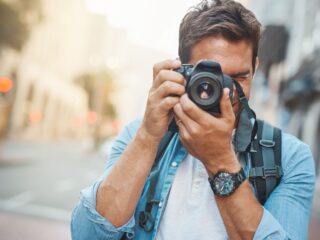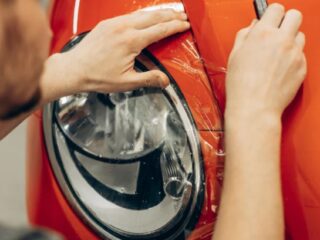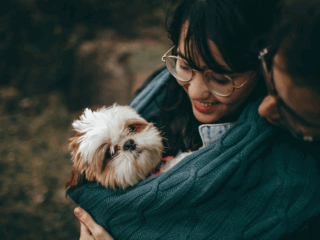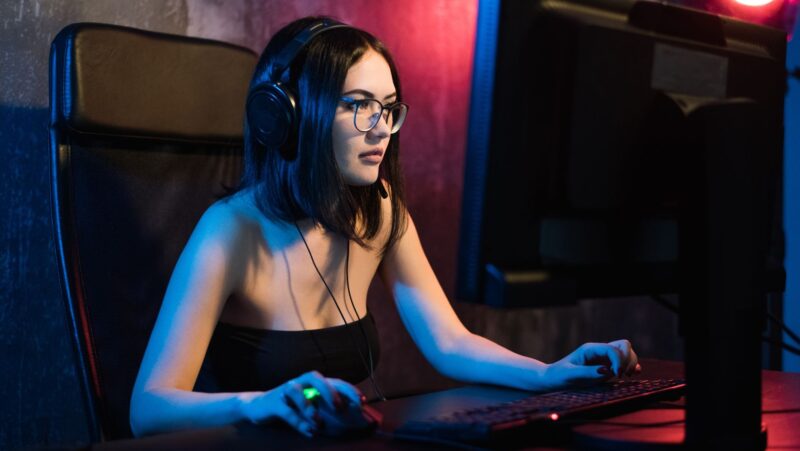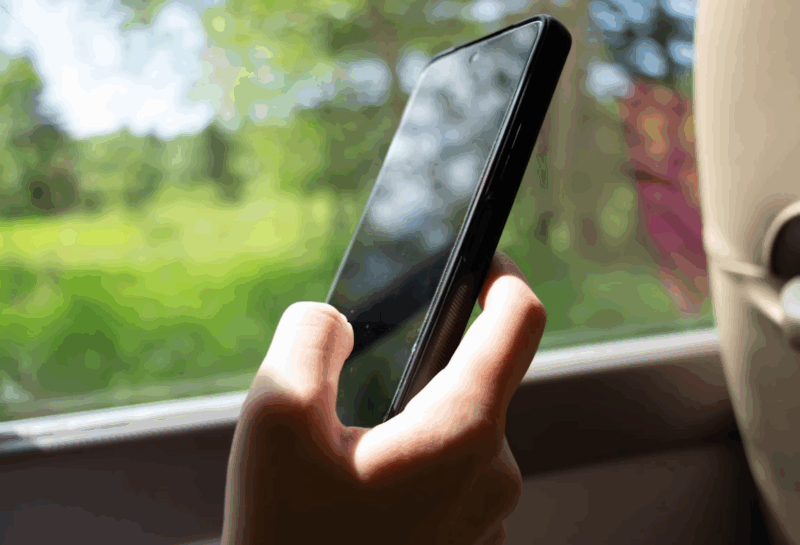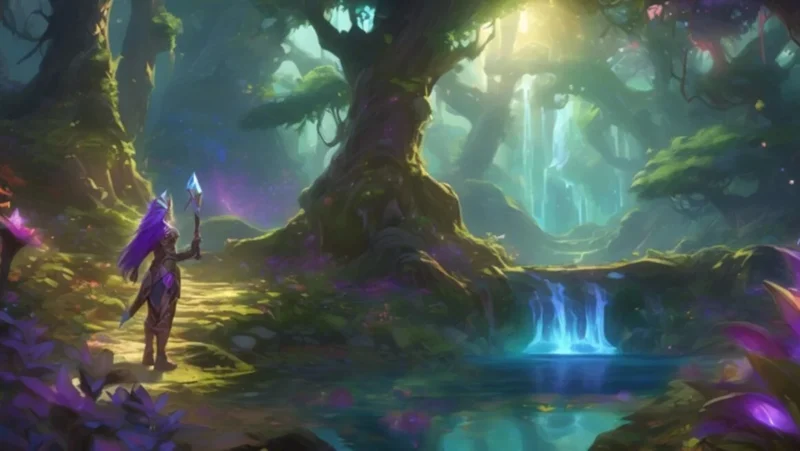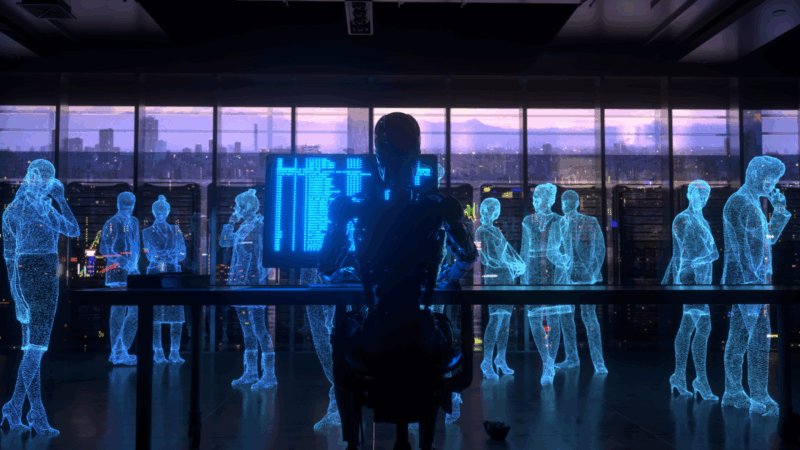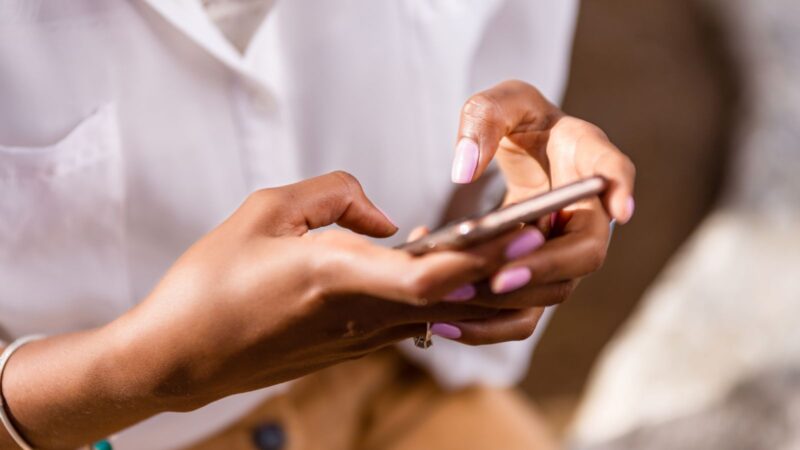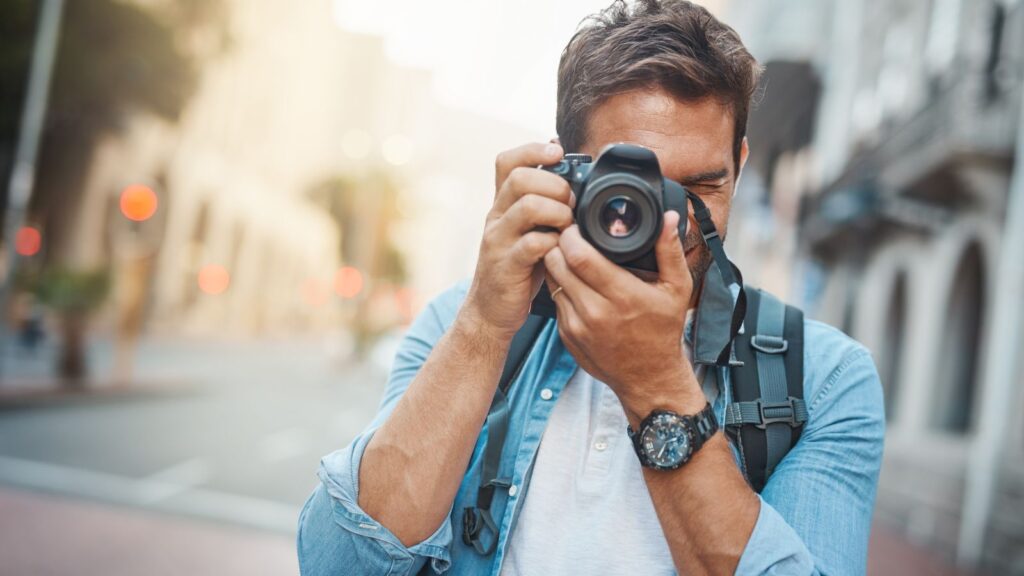
Every great photographer — whether a professional or someone snapping shots on the weekend — shares one simple habit that elevates every image they take: slowing down.
In a world where most photos are captured in seconds, slowing down might sound counterintuitive. But photography isn’t just about pressing the shutter; it’s about seeing before you shoot. Whether you’re using your phone or looking to buy cameras online from Georges, this single mindset shift can dramatically improve the quality, depth, and emotion of your photos.
Pause Before You Shoot
The biggest mistake many photographers make is rushing. They see something interesting, pull out their camera, and take a picture without truly composing or thinking about what they want the photo to say. Slowing down gives you time to connect with your subject and make deliberate choices about framing, light, and timing.
Before you lift your camera, take a few seconds to observe the scene. What caught your attention? Was it the texture, the light, or the expression on someone’s face? Once you identify what made the moment special, you can compose your photo around that focal point instead of relying on luck.
Train Your Eye to Notice Details
When you slow down, your attention sharpens. You start noticing small but powerful details — reflections in a puddle, symmetry in a building, or the way sunlight hits someone’s hair. These subtle observations often separate a good photo from a great one.
One practical trick is to walk slower when shooting in public spaces. Instead of snapping at random, let your environment guide you. Watch how people move through the frame or how light changes as clouds shift. Being patient helps you anticipate moments rather than chase them.
Light: The Photographer’s Secret Ingredient
Slowing down also gives you time to understand light — the real foundation of photography. Harsh midday light can wash out colours, while softer morning or evening light creates warmth and depth.
Ask yourself: where is the light coming from? How is it hitting your subject? Try shifting your position slightly to see how shadows and highlights change the mood. Sometimes, stepping just a few feet to the left or right can completely transform the photo’s energy.
If you’re indoors, turn off overhead lights and position your subject near a window. Natural light, especially from the side, adds dimension and texture that’s hard to replicate with artificial lighting.
Compose With Intention
When you’re not rushing, you have time to compose your shot intentionally. Composition is all about guiding the viewer’s eye. The “rule of thirds” is a simple starting point — imagine dividing your frame into nine equal parts and placing your main subject along one of those lines or intersections.
But rules aren’t everything. The key is to experiment. Try leading lines, negative space, or symmetry to create balance and visual interest. Use foreground elements — like leaves, railings, or reflections — to frame your subject and add depth to your image.
By taking a moment to look through the viewfinder and fine-tune your composition, you’ll start producing photos that feel more thoughtful and refined.
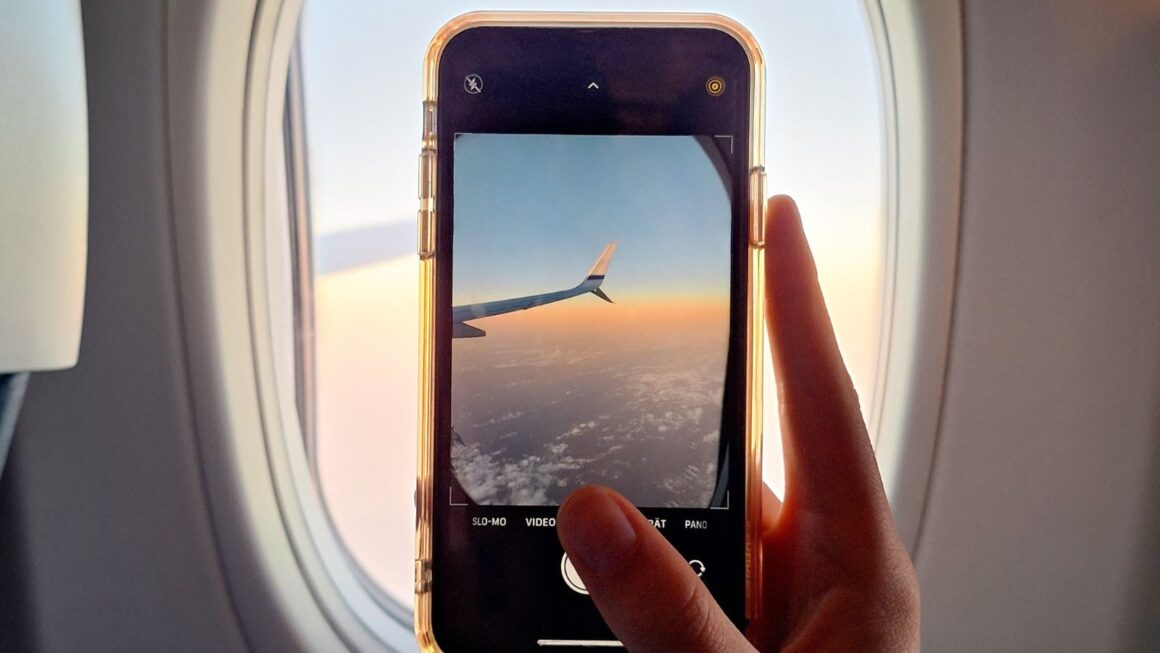
Wait for the Right Moment
Sometimes, the difference between an average photo and a perfect one comes down to patience. Light shifts. People move. Expressions change. By slowing down, you learn to anticipate and capture those fleeting moments that tell a story.
If you’re photographing people, wait for genuine emotion — a laugh, a look of surprise, or a quiet pause. If it’s a street scene, wait for the right subject to enter your frame. The art of timing turns an ordinary shot into something powerful and memorable.
Review and Adjust
Another benefit of slowing down is having the time to learn from your own photos. After each shot, take a moment to review it. Check your focus, exposure, and composition. Ask yourself: does this photo capture what I saw and felt?
If not, adjust and try again. Even professionals take multiple shots of the same subject until they get the one that feels right. The goal isn’t to rush for quantity but to refine your quality.
Make Photography a Mindful Habit
When you slow down, photography becomes more than just taking pictures — it becomes an act of mindfulness. You start noticing life’s small details, appreciating colours, patterns, and fleeting expressions that others overlook.
This approach also makes your photography more personal. Each image becomes a reflection of how you see the world, not just what’s in front of you.
The next time you pick up your camera, remember: there’s no rush. Pause. Breathe. Observe. The best photos don’t happen by chance — they’re the result of attention, patience, and intention.
By embracing this one habit, you’ll start transforming ordinary snapshots into meaningful images — the kind that not only look beautiful but also make people feel something.

